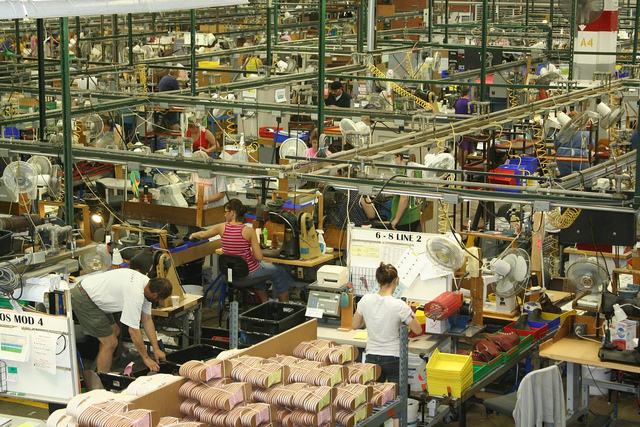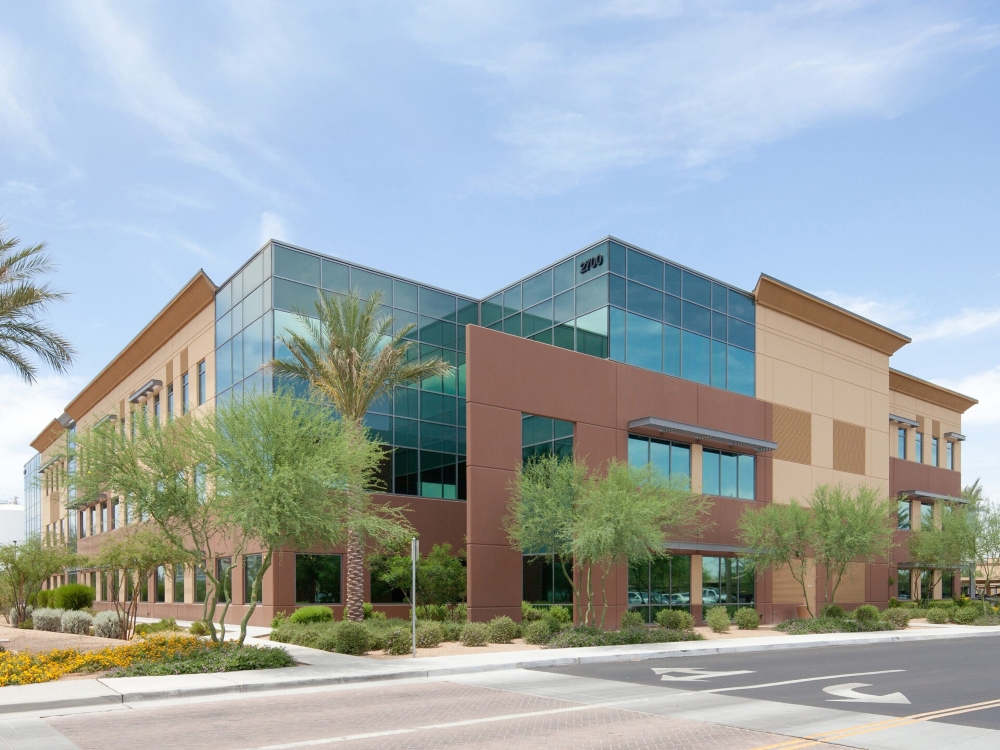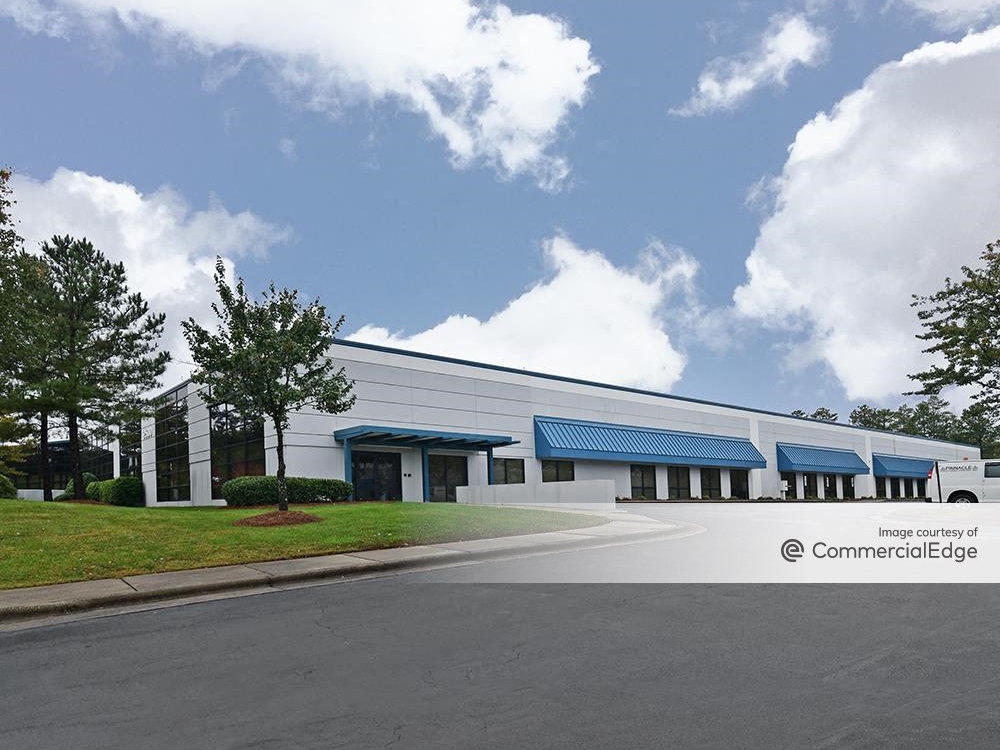Economy Watch: Germans Nix Quick Fix for Euro; Slow Growth for Manufacturing
Among other issues, Germany and France disagree about how to recapitalize troubled banks, and details of the $605 billion bailout fund remain murky.
October 18, 2011
By Dees Stribling, Contributing Editor
On Monday, German officials said that a dramatic breakthrough at the European Union summit this weekend—one that would cure all of Europe’s woes and free investors to worry about other things—isn’t all that likely. Fixing the euro is going to take months or longer, the officials said.
Germany and France, for example, are still at odds about the best way to recapitalize banks that once thought that Greek, Irish, Portuguese and even Italian debt would be a good investment. Also, the details of leveraging the 440 billion euro ($605 billion) European Financial Stability Facility—also known as the bailout fund—remain murky.
Still, the markets are expecting something to happen at the EU summit this weekend besides the approval of the next round of bailout money for Greece. Maybe another optimistic communique would buoy investors for a few days. Perhaps more importantly, investors dream that a euro fix-it strategy, maybe a version of the five-point plan outlined lately by the president of the European Commission, will be on tap by the time the Group of 20 meets in Cannes early next month.
Manufacturing Continues Slow Growth
U.S. industrial production saw a modest uptick of 0.2 percent in September according to the Federal Reserve, as the demand for cars and computers increased, offsetting a drop in demand for other goods, notably appliances, furniture and carpeting. The Fed also reported that capacity utilization for U.S. industry edged up to 77.4 percent, a rate 1.7 percentage points above a year earlier. Despite the improvement, capacity utilization is still 3 percentage points below the 1972-2010 average.
For the third quarter as a whole, U.S. industrial production rose at an annualized rate of 5.1 percent. Some sectors naturally did better than others, but the output of transit equipment was the standout, jumping 31.8 percent, the largest increase among the major components of business equipment for the quarter.
A more specialized industrial report by the Federal Reserve Bank of New York, the New York State Manufacturing Survey, was less optimistic. Conditions for New York manufacturers continued to deteriorate in October. The general business conditions index remained negative and, at -8.5, was little changed. The new orders index hovered around zero, indicating that orders were flat, while the shipments index rose above zero to 5.3.
Americans Will Spent More Traveling for Christmas
Americans have been shopping more recently, and, if a survey released by American Express on Monday is correct, 42 percent of travelers will also spend more on holiday travels this year compared with 2010. The survey, the American Express Spending & Saving Tracker, indicates that the average family of four intends to spend $2,636 on holiday travel, or $659 per person, an increase of nearly $200 from last year.
Despite persistent nickel-and-diming by the airline industry, fully 36 percent of travelers plan to fly this year, compared with 26 percent last year. Some travelers will spend more dining out, while others will take longer trips, stay in more expensive digs, or travel with more people.
Wall Street apparently didn’t much like what it heard from the Germans on Monday, with the Dow Jones Industrial Average dropping 247.49 points, or 2.13 percent. The S&P 500 was down 1.94 percent and the Nasdaq declined 1.98 percent.








You must be logged in to post a comment.